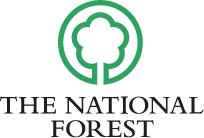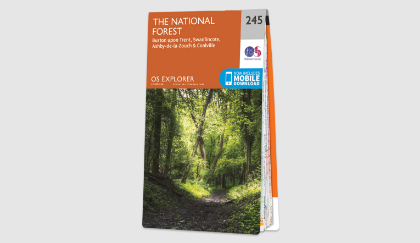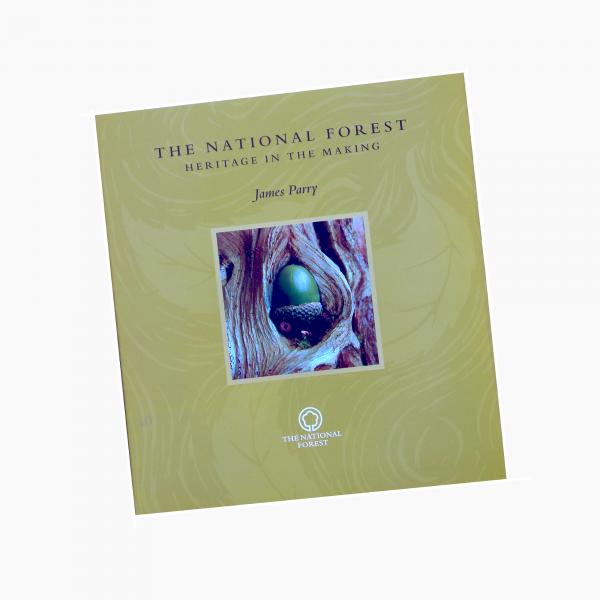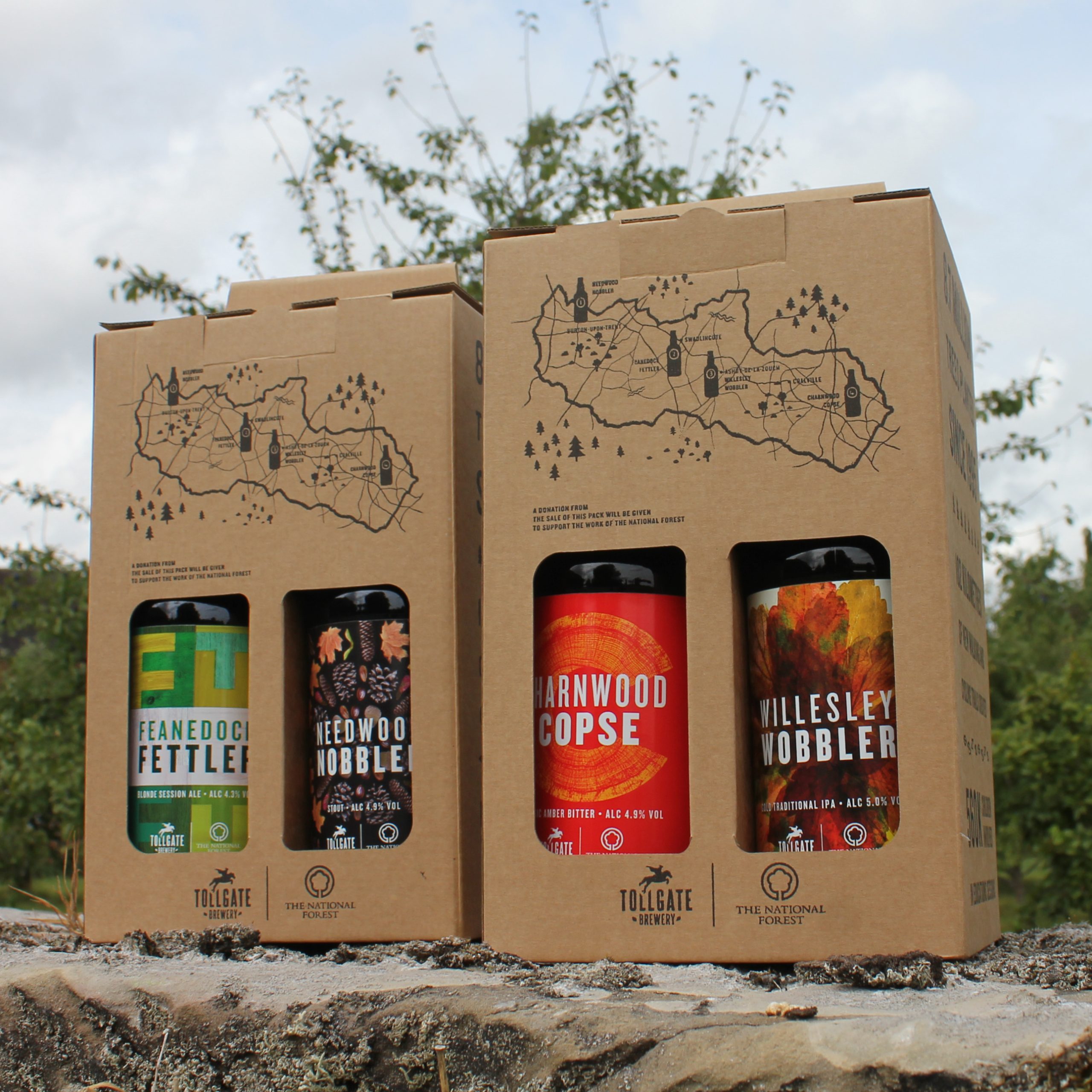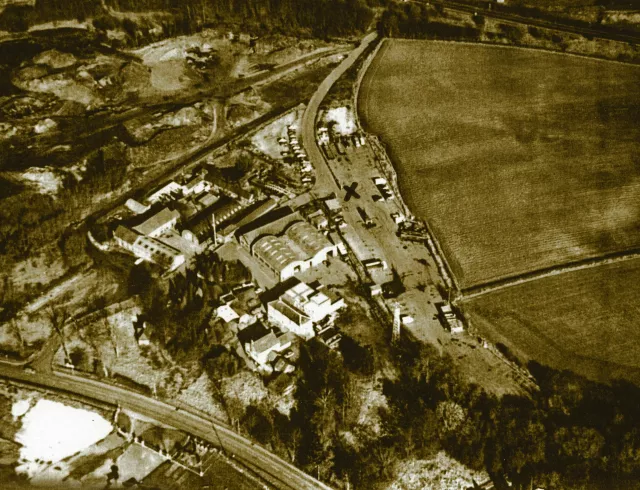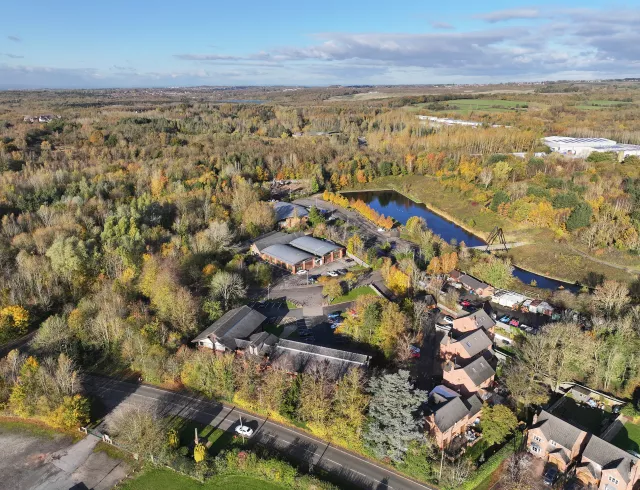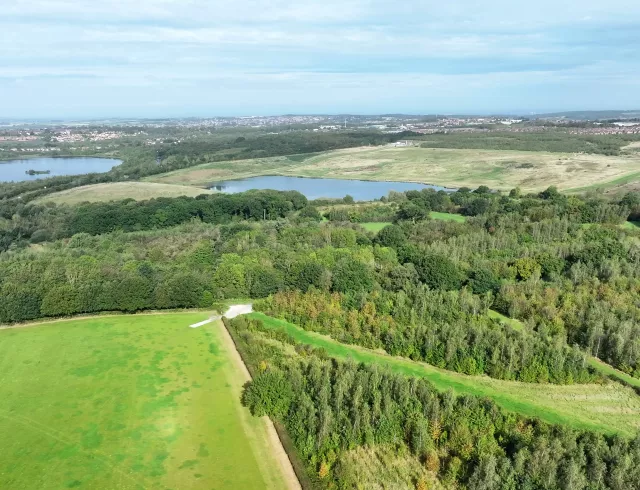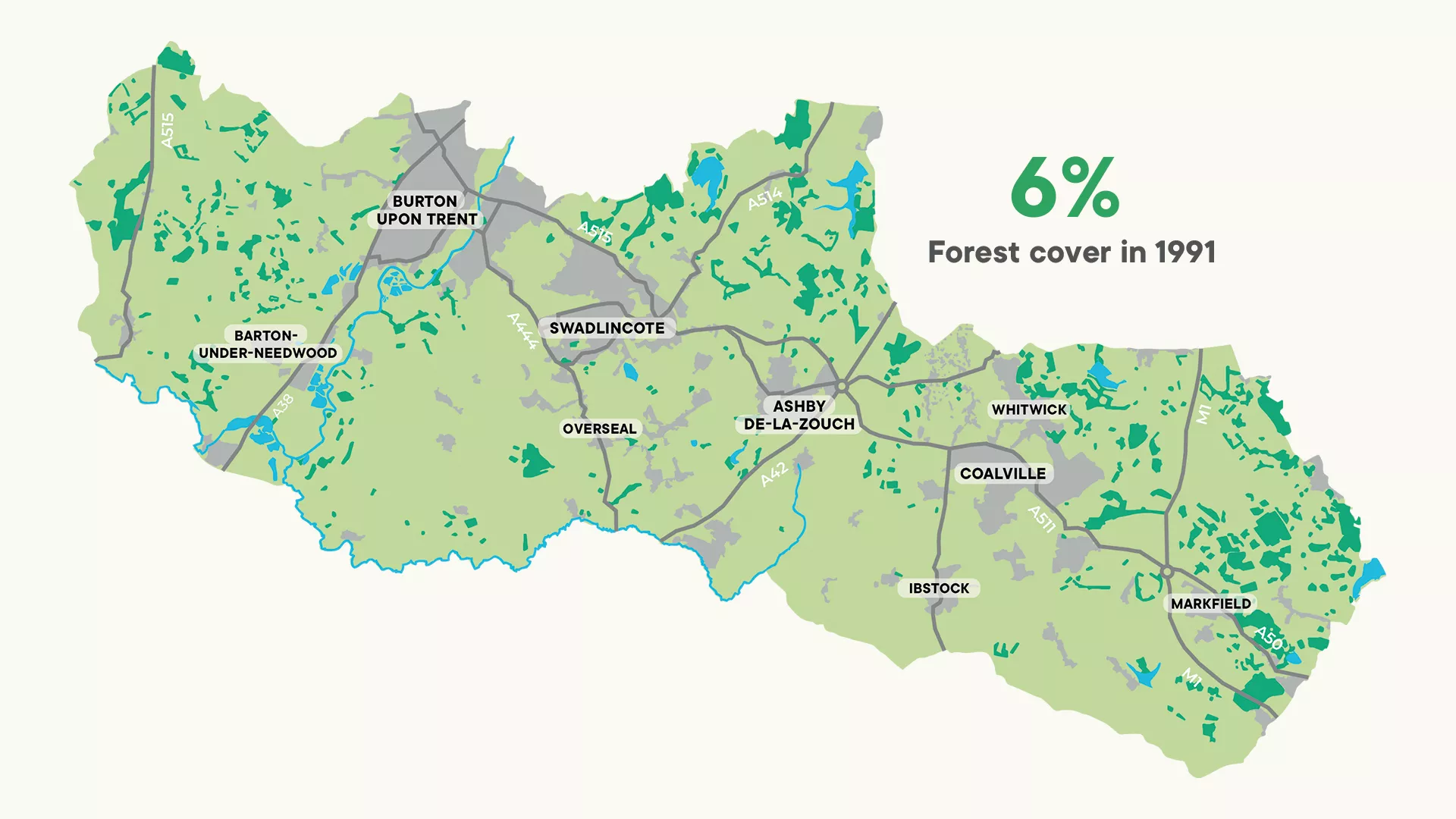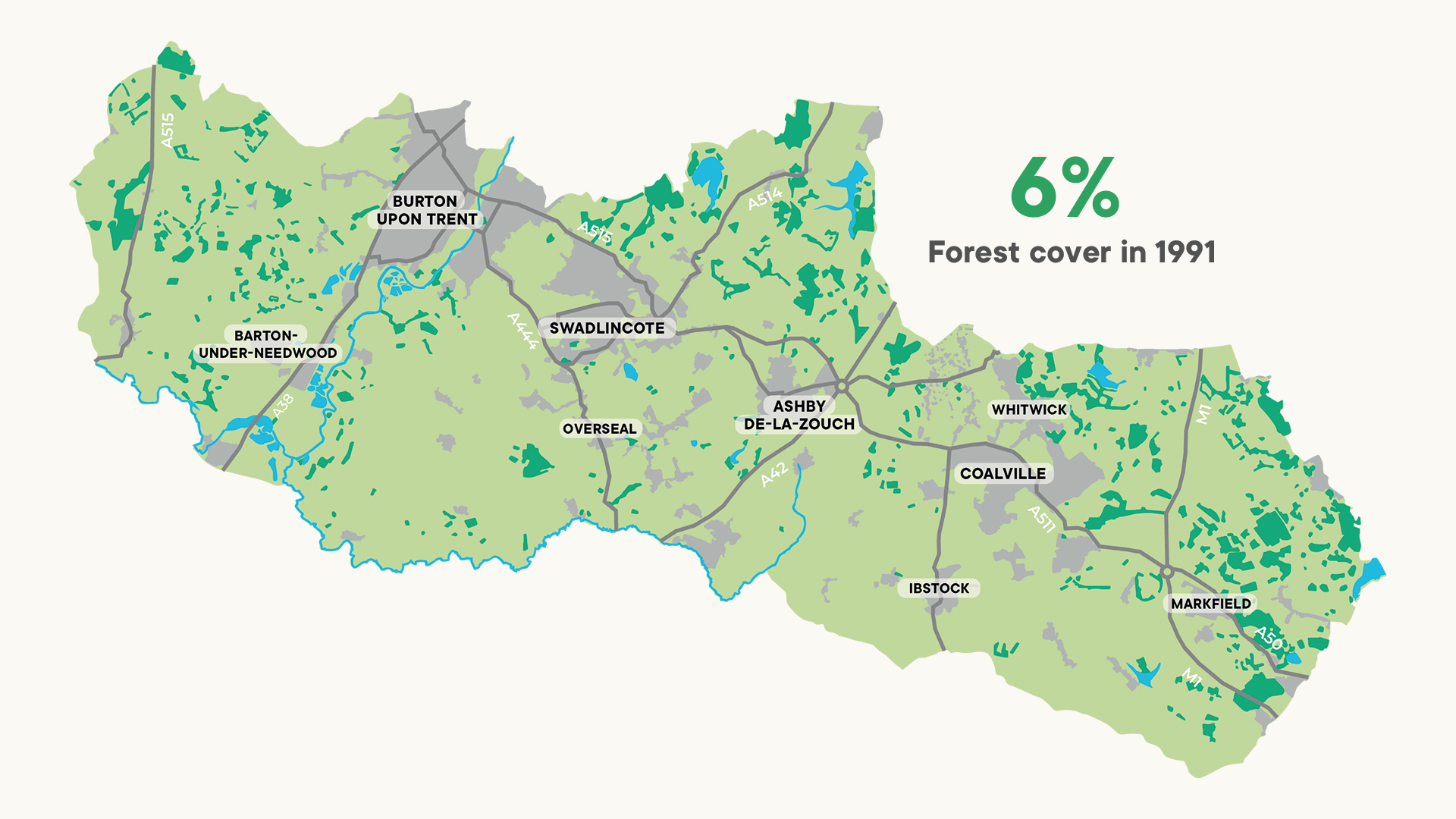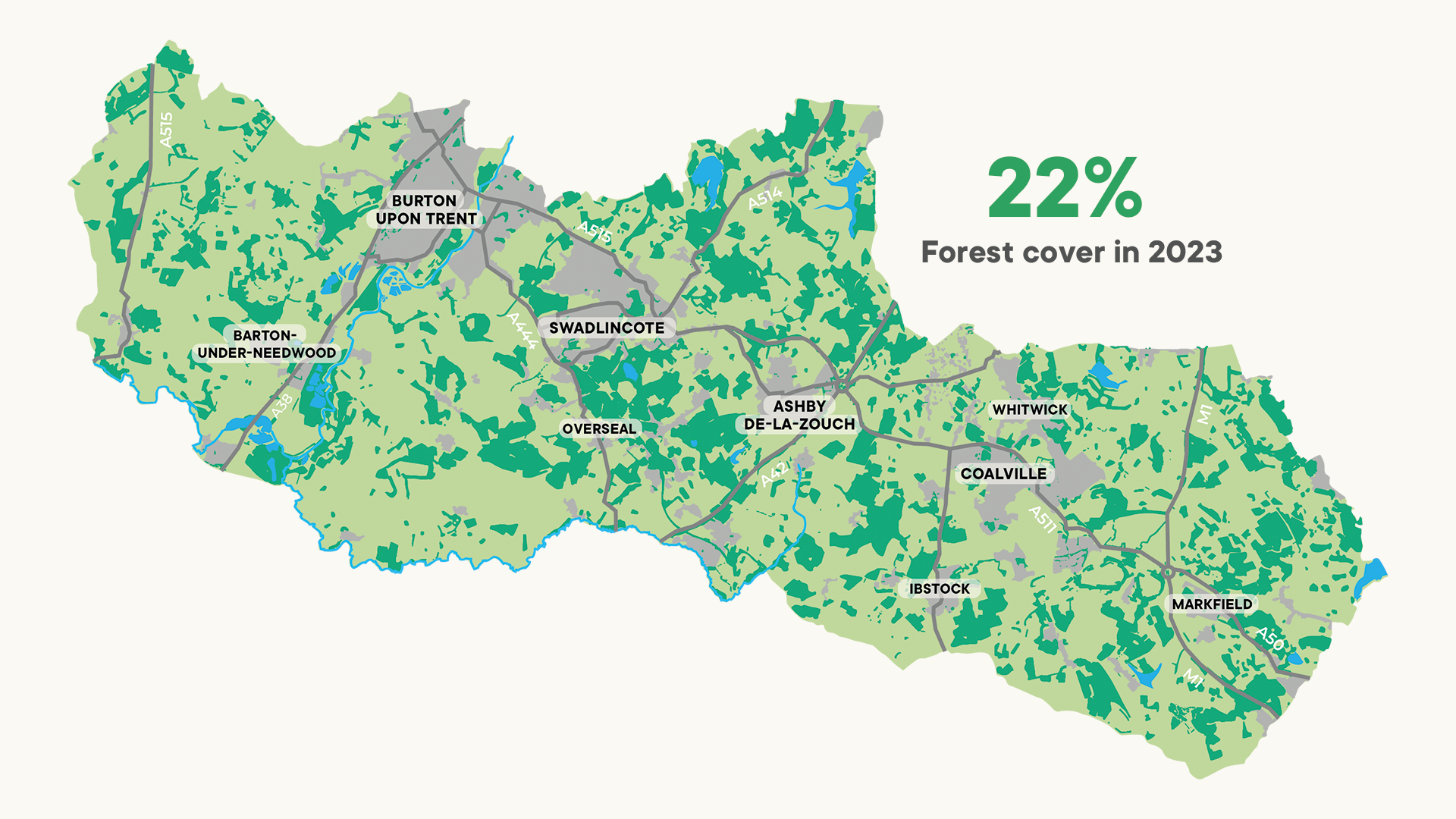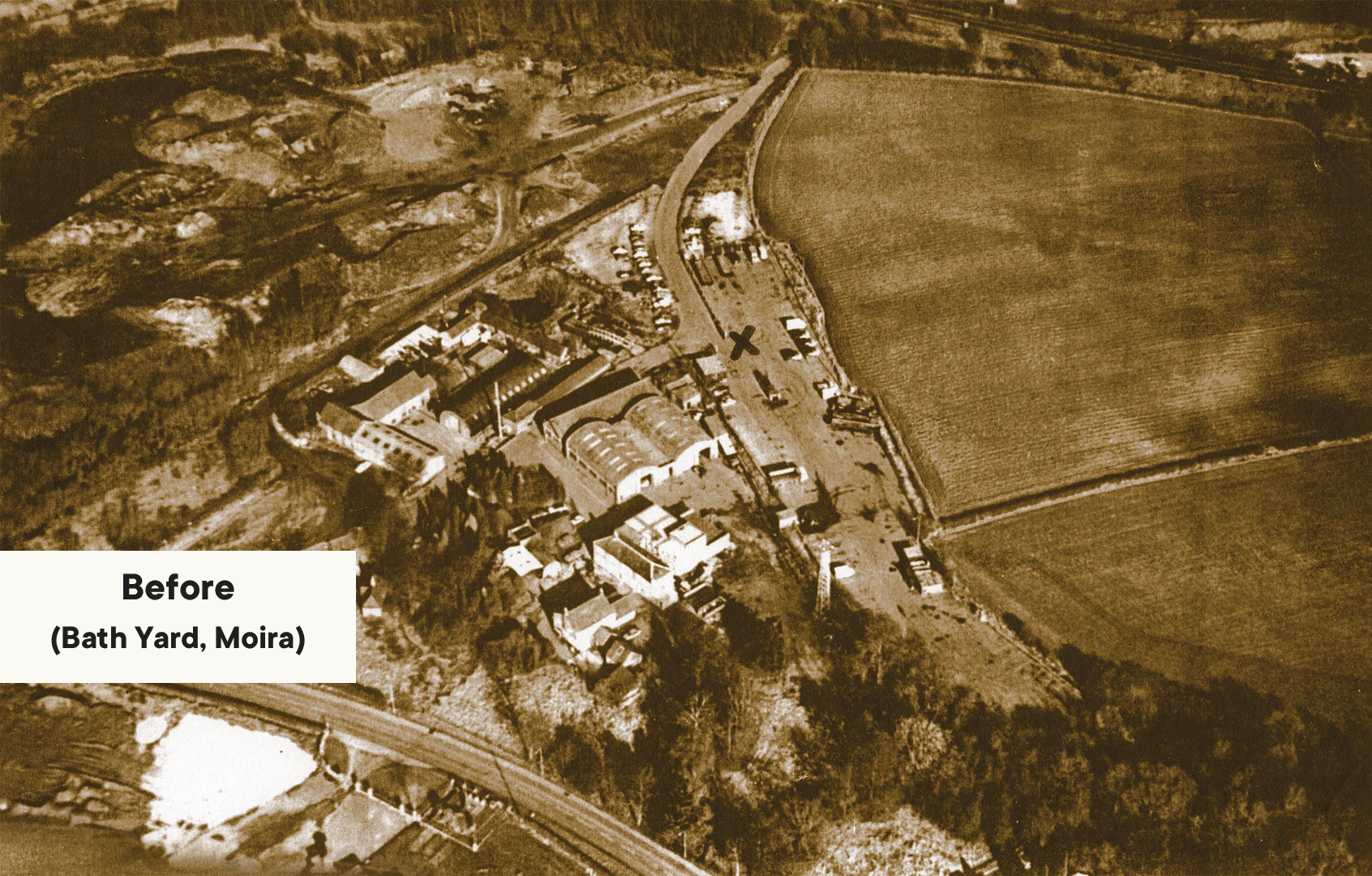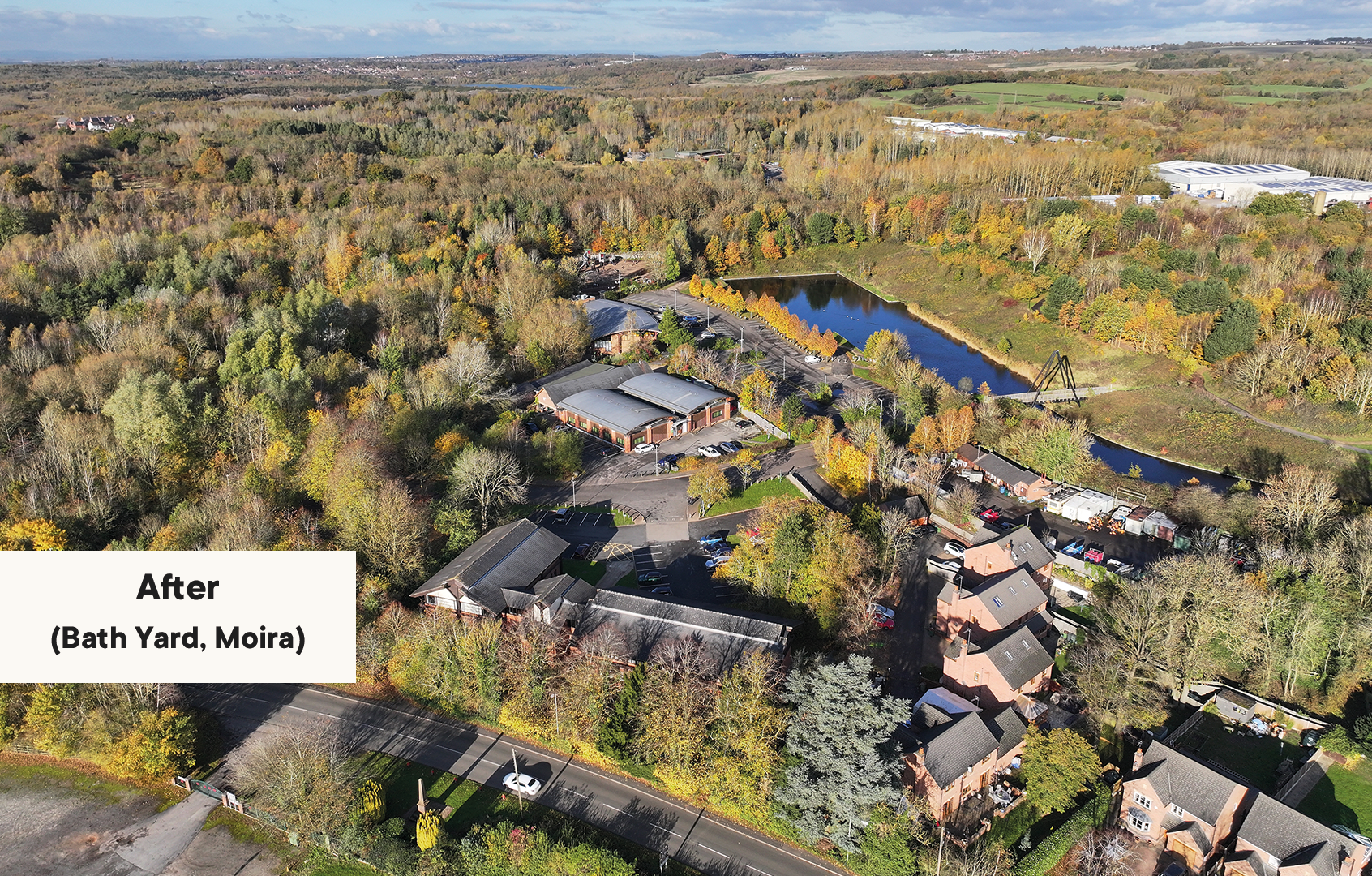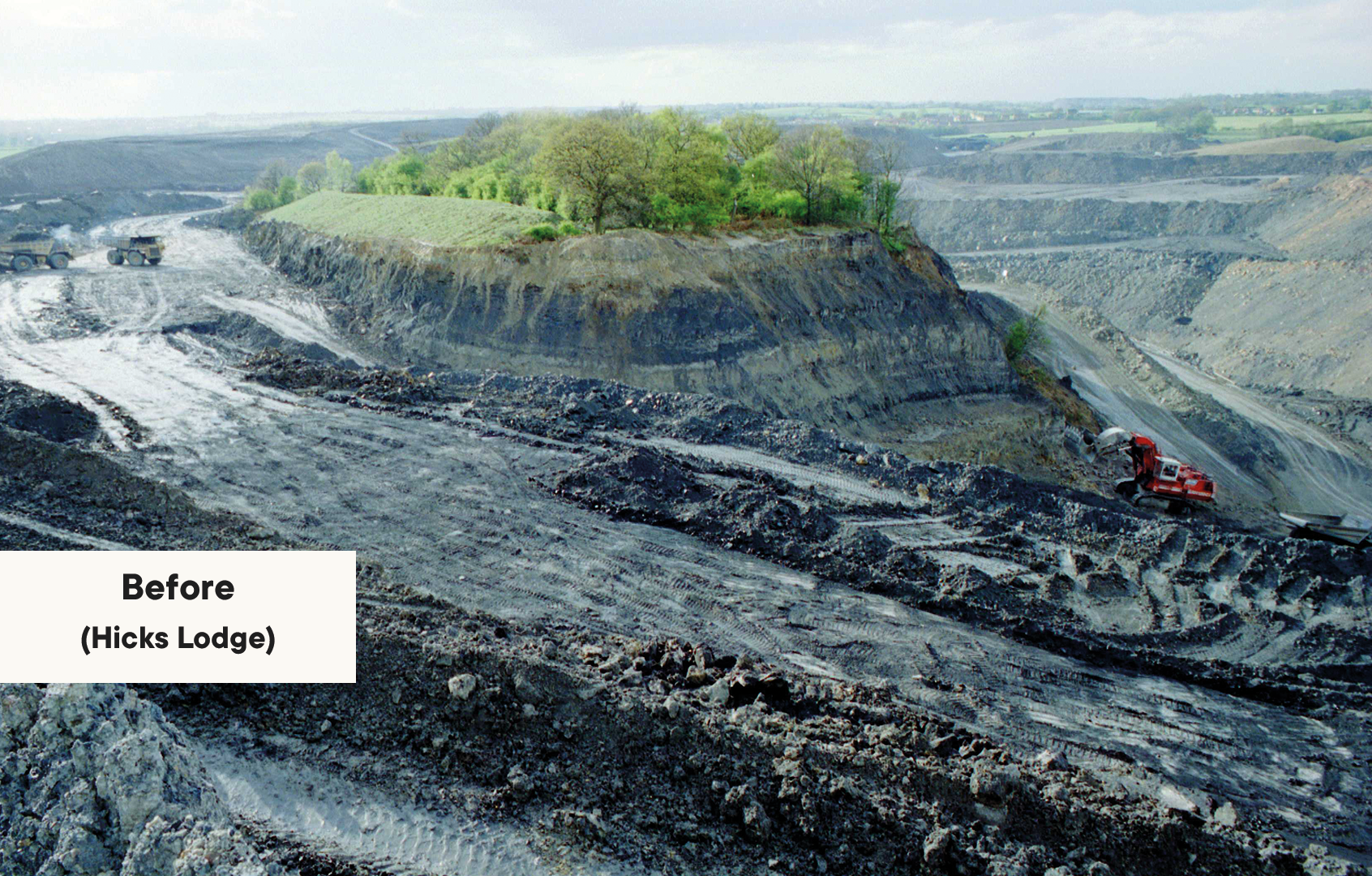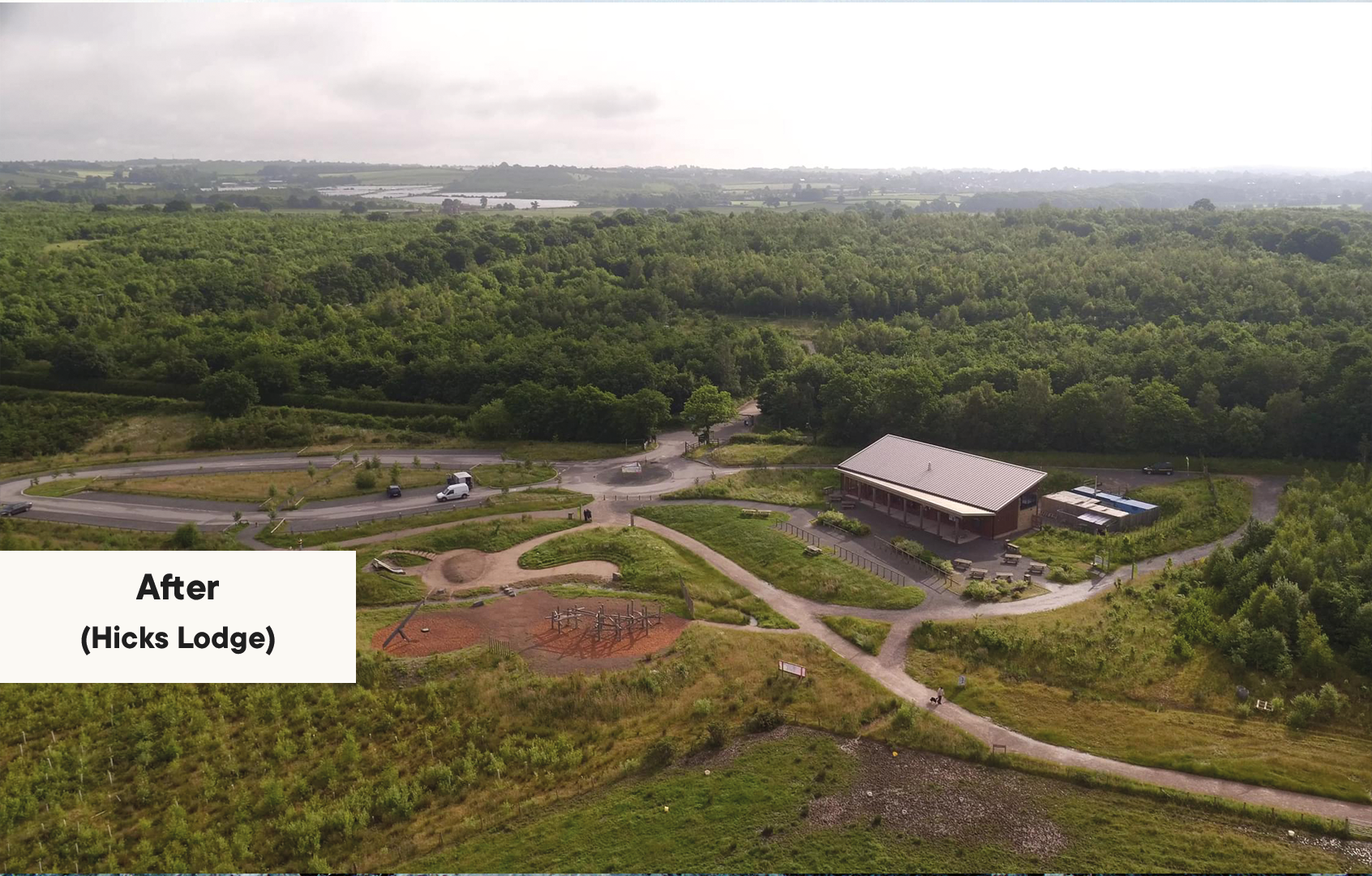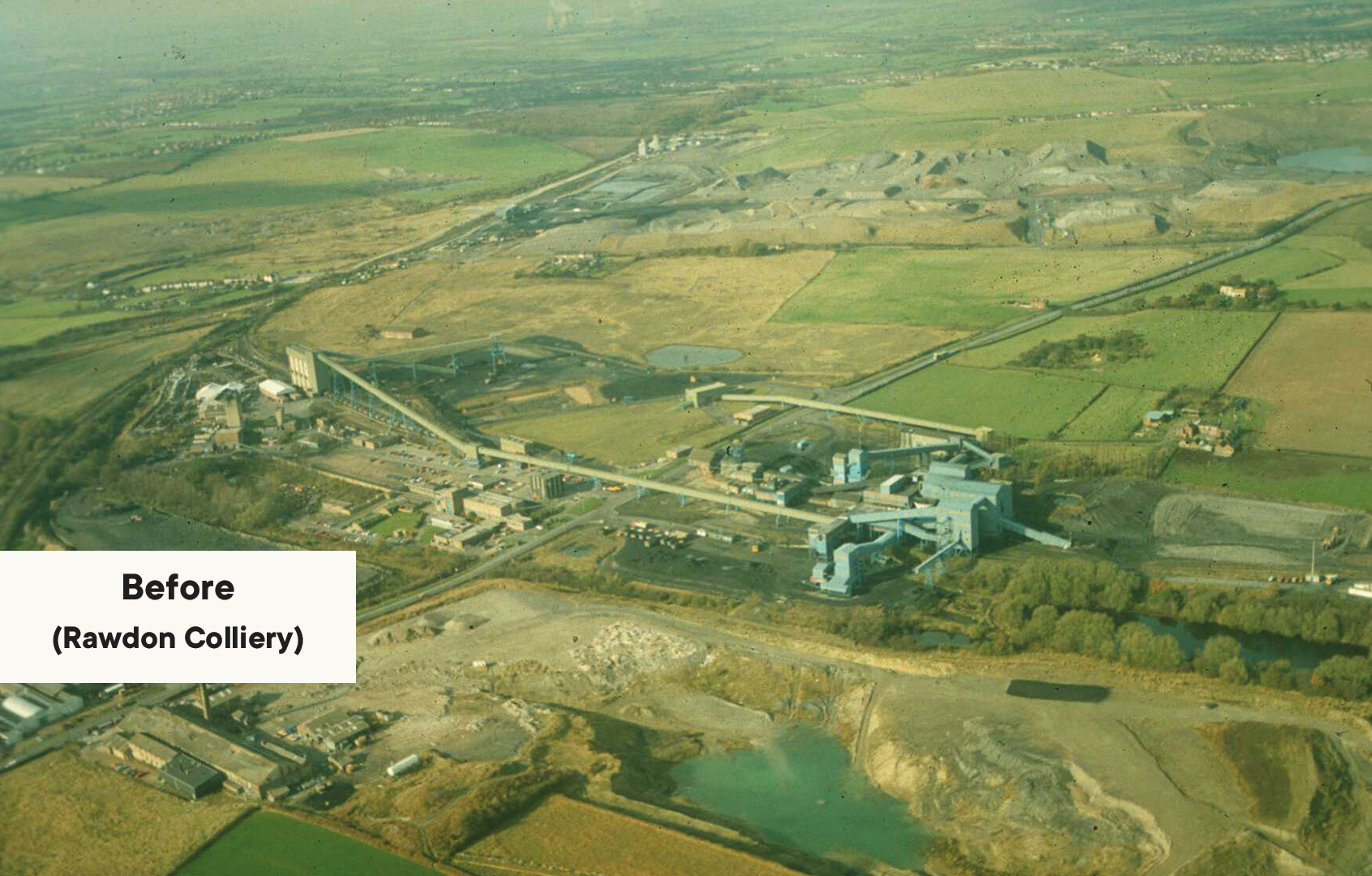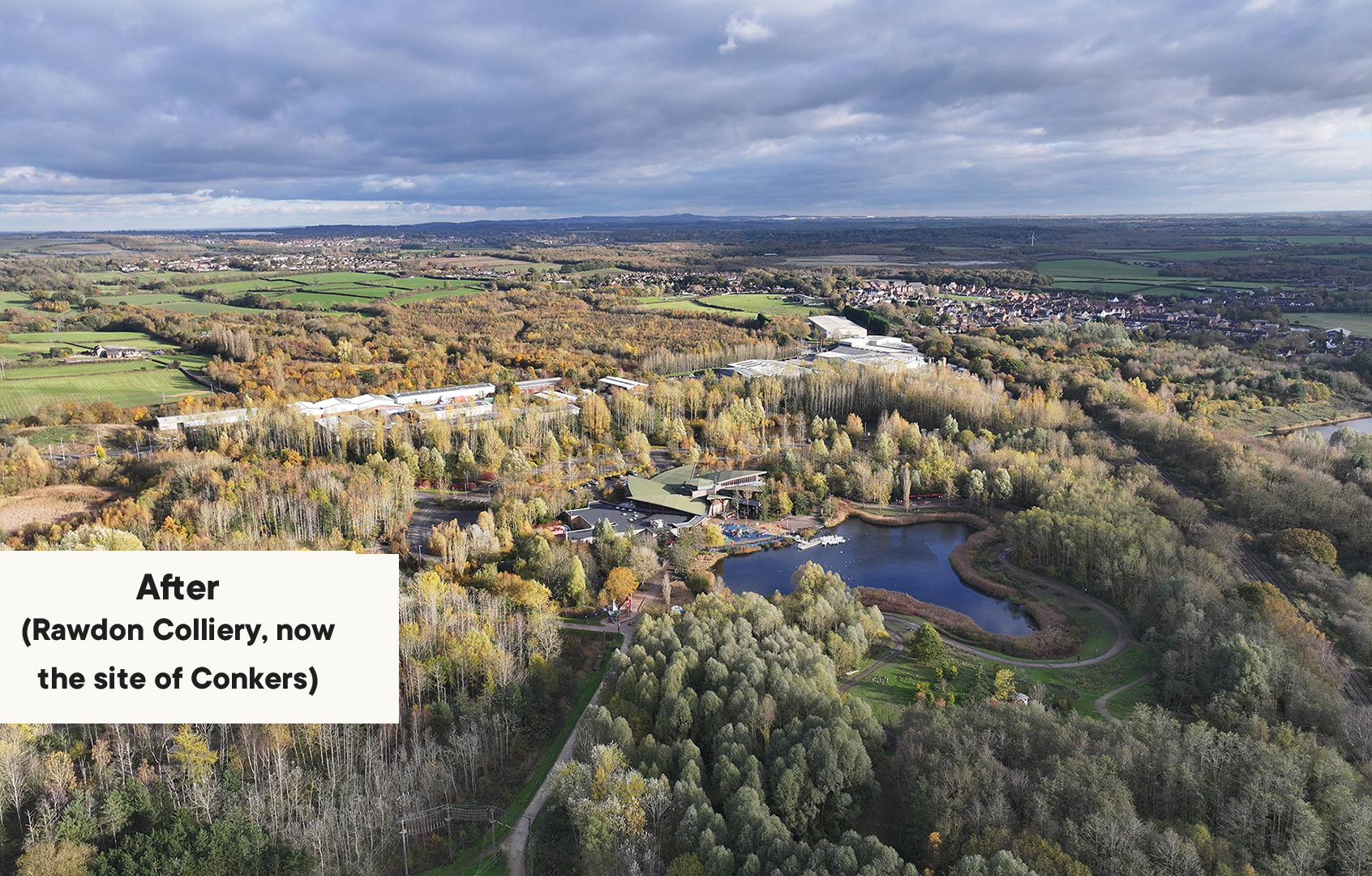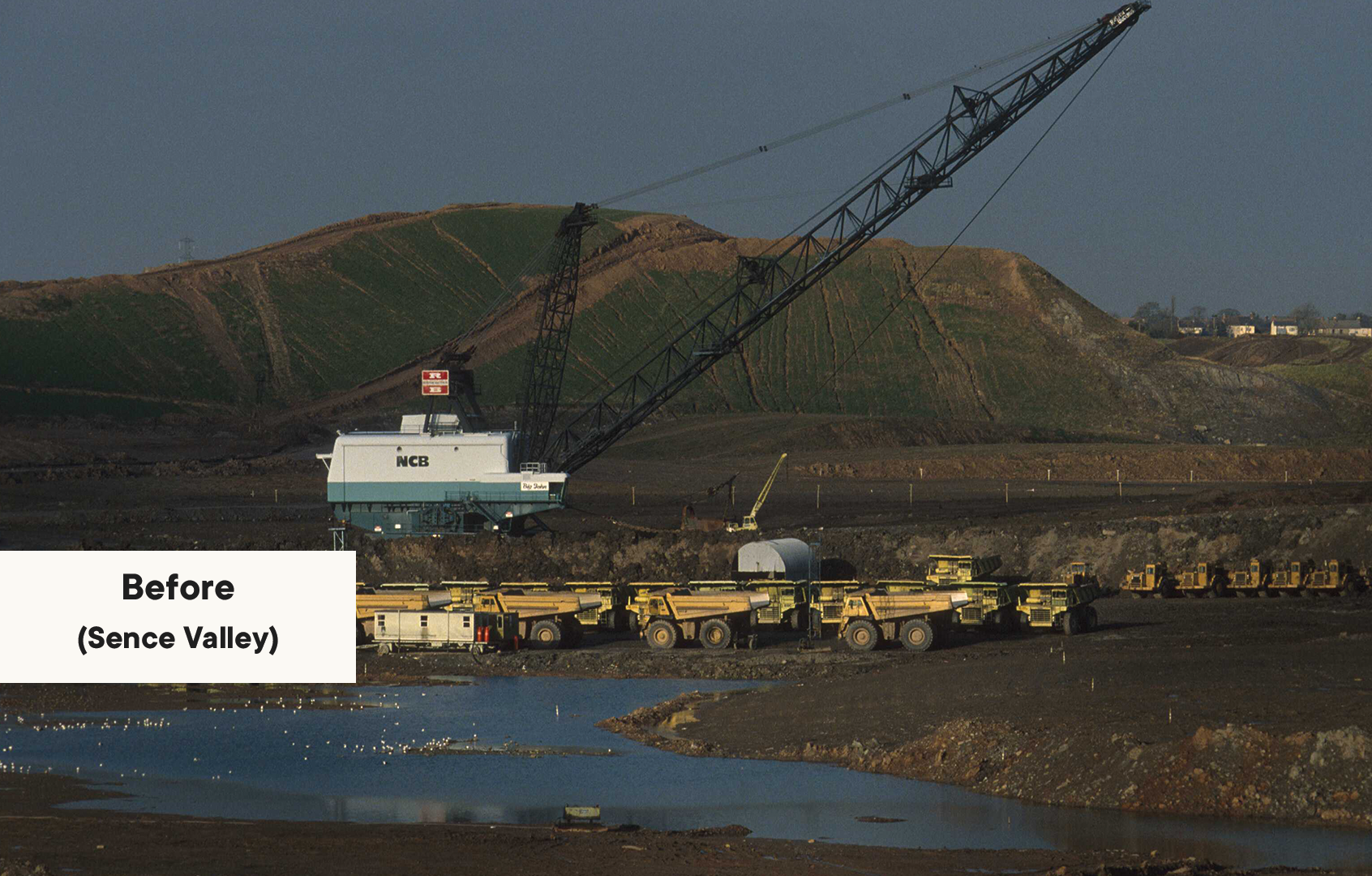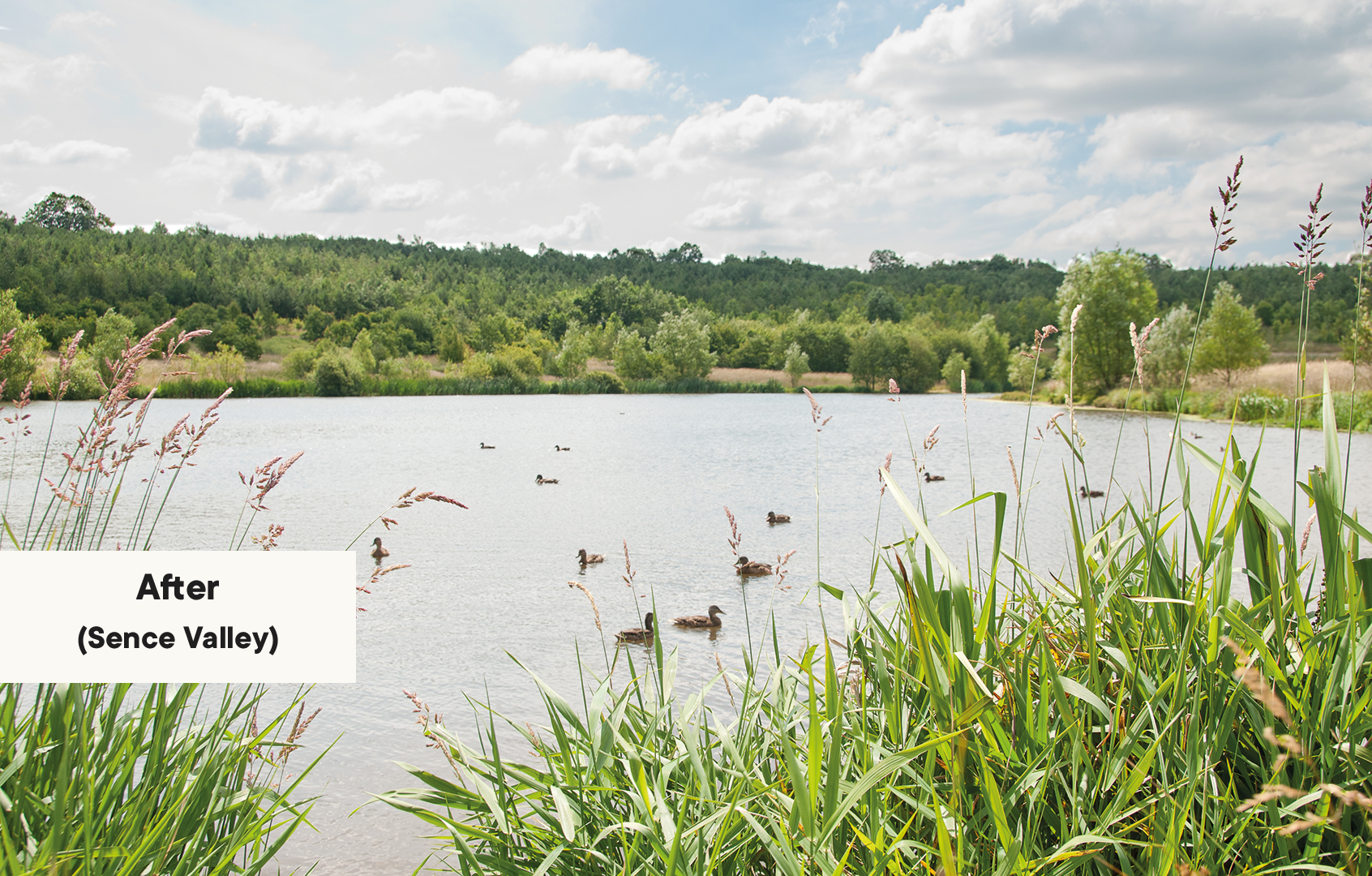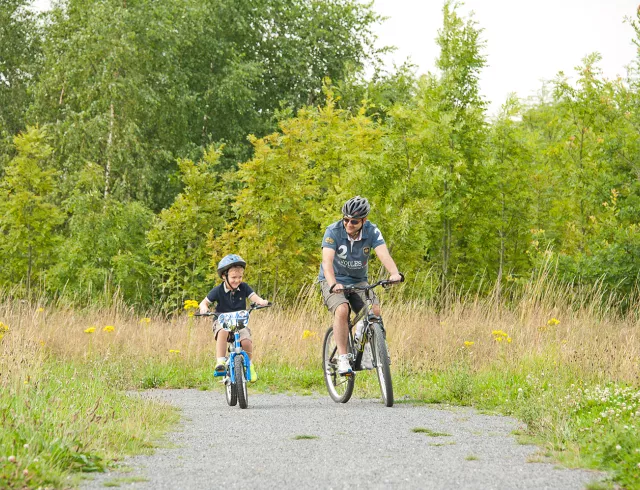In the last 30 years, a quiet revolution has been taking place in these 200 square miles of the Midlands. More than 9.5 million trees have been planted in what was once one of the least wooded parts of the country, steadily expanding and connecting woodland across a previously fragmented landscape.
Following the closure of the coal mining and clay extraction industries in 1980s, large swathes of the Midlands landscape had been left scarred and derelict, with a loss of community identity and an uncertain future. But a passionate group of people had a vision; the first broadleaf forest to be created at scale in England for over 900 years. A place where woodlands would be at the heart of a revitalised landscape, with trees growing alongside where people lived and worked.
